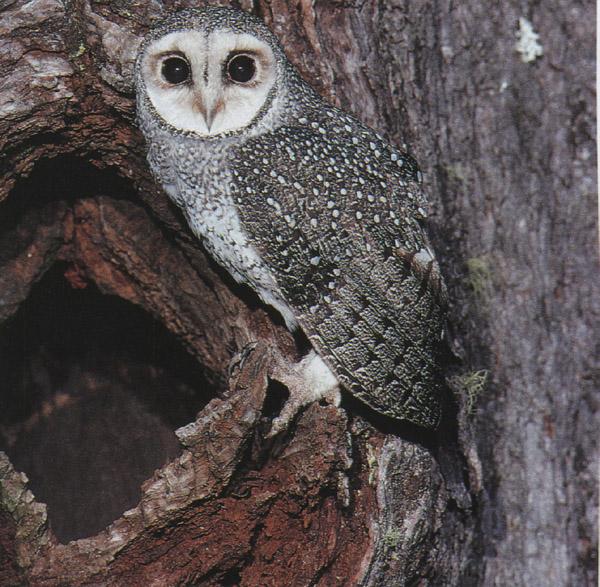
Tyto tenebricosa
SUBFAMILY
Tytoninae
TAXONOMY
Strix tenebricosus John Gould, 1845, New South Wales. Two
subspecies recognized (Tyto t. tenebricosa and Tyto t. arfaki).
Lesser sooty owl (T. multipunctata), smaller, more spotted, and
paler ventrally, is sometimes regarded as conspecific, or belonging
to the same species.
OTHER COMMON NAMES
English: Greater sooty or black owl, dusky barn owl; French:
Effraie ombrйe; German: RuЯeule; Spanish: Lechuza Tenebrosa.
PHYSICAL CHARACTERISTICS
Male 15–17 in (37–43 cm), 1.1–1.5 lb (500–700 g); female
17–20 in (44–51 cm), 1.9–2.5 lb (875–1150 g). Large, dark owl
with large eyes set in rounded facial disc, massive feet. Sooty
gray with fine white spots, pale belly. Female larger. Juvenile
darker, with downy head and thighs when first fledged.
DISTRIBUTION
T. t. tenebricosa: coastal southeast Australia; T. t. arfaki: New
Guinea
HABITAT
Tall, dense, moist forest including rainforest and eucalypt forest
with a dense shrub layer of rainforest species. In montane
New Guinea extends above the tree line, into boulder fields in
alpine grassland.
BEHAVIOR
Nocturnal, solitary, secretive. Roosts in tree hollows, dense foliage,
ravines, or caves. Sedentary and strongly territorial, advertising
with a long, descending scream or wail. Defends
home range of 1.5–3.9 mi2 (4–10 km2).
FEEDING ECOLOGY AND DIET
Preys mostly on arboreal and terrestrial mammals such as rodents
and possums, which it detects by watching and listening
from perches.
REPRODUCTIVE BIOLOGY
Monogamous. Laying recorded in most months, but usually
autumn to spring. Nests in tree hollow or ledge in cave.
Clutch one or two eggs, incubated for five or six weeks. Fledge
at about three months.
CONSERVATION STATUS
Not threatened. Widespread, but uncommon. Listed on Appendix
II of CITES.
SIGNIFICANCE TO HUMANS
Prominent in the old-growth forest debate in Australia in
the 1990s, as an indicator species for sustainable logging practices.
Photo Gallery of - Sooty owl
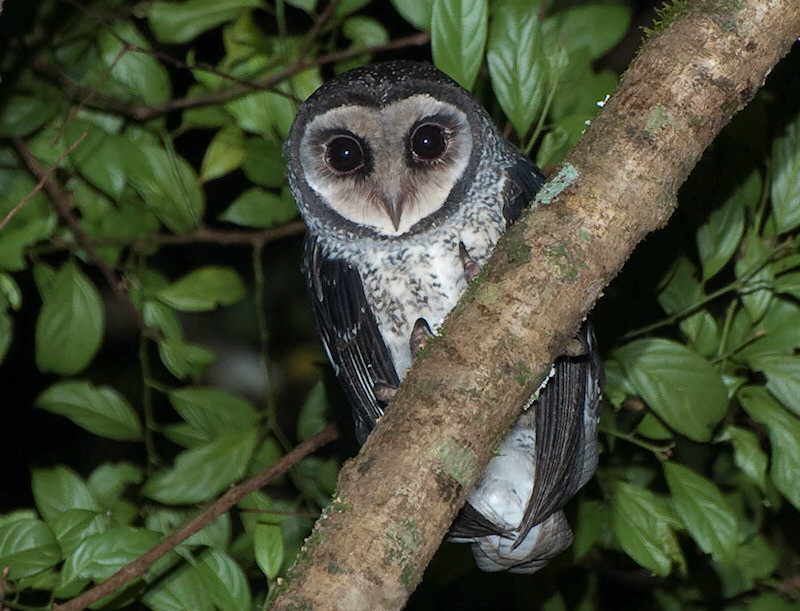
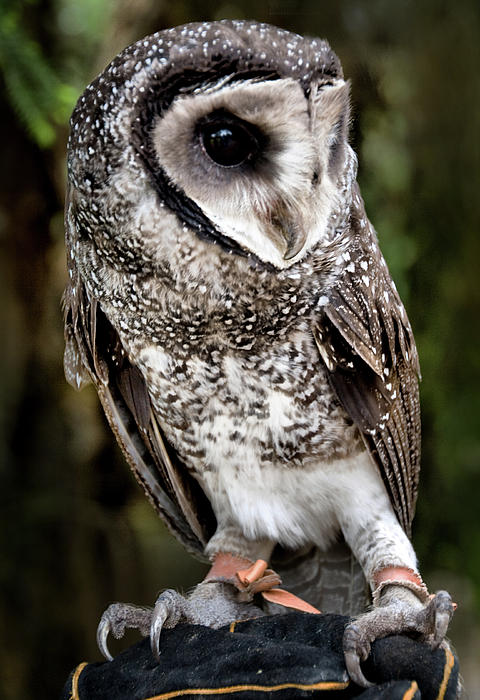
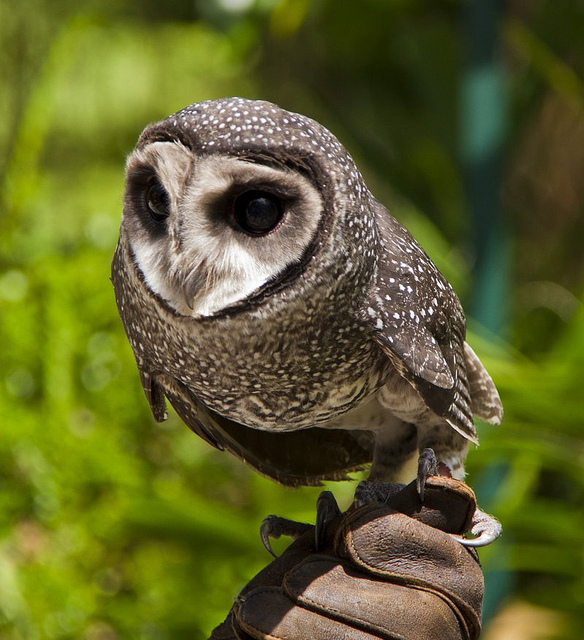
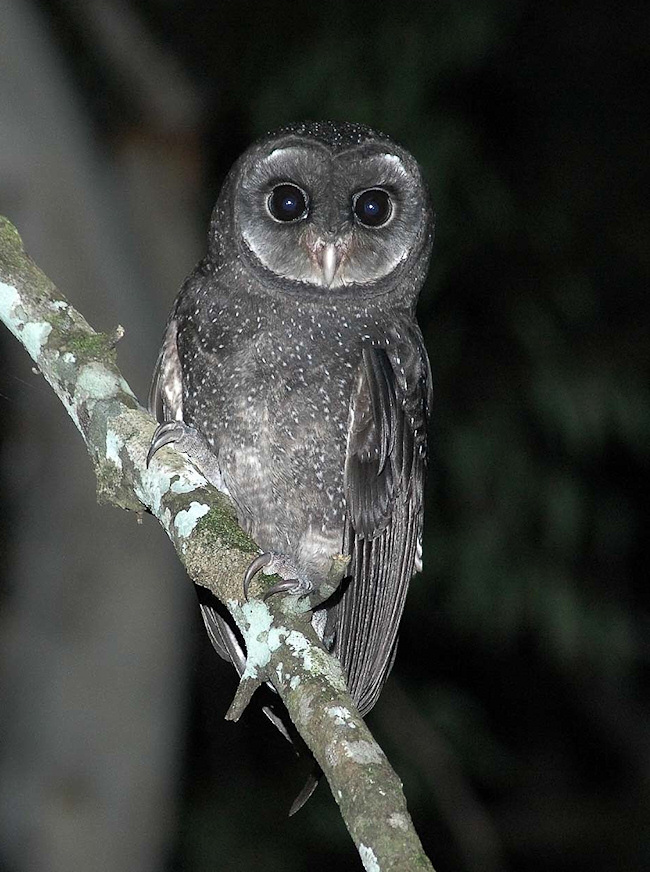
 Animalia Life
Animalia Life